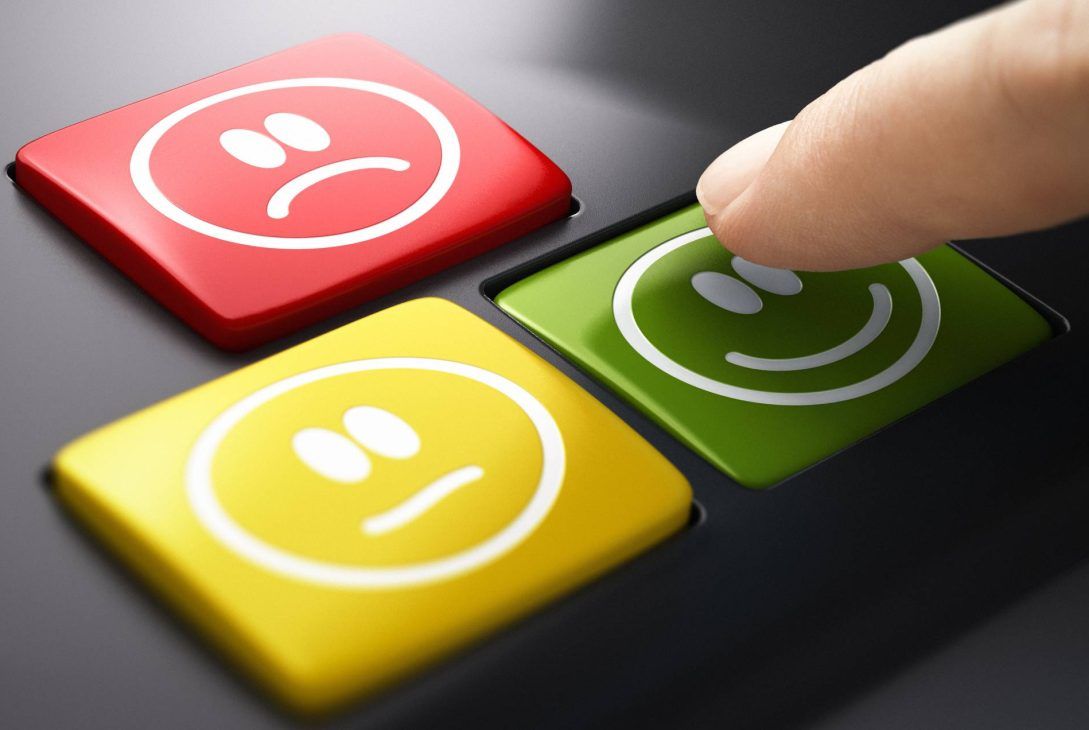As businesses continue to expand and evolve, measuring customer satisfaction is essential to remain competitive in the market. With the rise of technology, companies can easily monitor customer satisfaction by analyzing various customer satisfaction metrics.
In 2023, here are ten customer satisfaction metrics to be monitored to ensure businesses stay customer-centric and aligned with their customers’ needs.
- Net Promoter Score (NPS)
NPS is a customer satisfaction metric that measures how likely customers are to recommend a brand to their friends or colleagues. It is measured on a scale of 0 to 10, and customers who rate a brand from 9 to 10 are considered promoters, while those who rate a brand from 0 to 6 are detractors. An NPS score of more than 50 is considered excellent. - Customer Satisfaction Score (CSAT)
CSAT measures customer satisfaction levels through a survey. It asks customers to rate their satisfaction levels with the brand or service on a scale of 1 to 5. A high CSAT score means that customers are satisfied with the products or services offered. - Customer Effort Score (CES)
CES measures how easy or difficult it is for customers to interact with a brand. This metric is used to determine how much effort a customer has to put in to resolve any issues or make a purchase. A high CES score means that customers find doing business with the brand straightforward and less time-consuming. - Customer Retention Rate (CRR)
CRR measures the percentage of customers who continue to do business with a brand over a specified period. This metric reflects customer loyalty and how likely they will continue to use the products or services offered. - Customer Churn Rate (CCR)
CCR measures the percentage of customers who discontinue business with a brand over a specified period. A high churn rate could be an indicator that customers are not satisfied with the products or services offered or have found a better alternative. - Average Response Time (ART)
ART measures the time it takes to resolve customer queries or complaints. Customers value quick resolutions to their problems, and measuring ART ensures that brands respond in a timely manner. - Customer Lifetime Value (CLV)
CLV measures the total value a customer brings to the business over their lifetime. This metric helps businesses determine the profitability and value of retaining customers. - Customer Acquisition Cost (CAC)
CAC measures how much it costs the business to acquire a new customer. This metric helps determine the effectiveness of marketing campaigns and customer acquisition efforts. - Customer Support Satisfaction (CSS)
CSS measures the satisfaction levels of customers with the customer support provided by the brand. This metric reflects the quality of support provided and how efficiently queries or complaints are resolved. - Online Review Scores
Online review scores on platforms like Yelp, Google, and Amazon provide an insight into how customers perceive the brand. High online review scores can attract new customers, while low scores indicate that improvements are needed in the products or services offered.
Conclusion
In conclusion, monitoring customer satisfaction metrics is vital for businesses to remain customer-centric and aligned with their target audience’s needs. These ten metrics will help businesses measure customer satisfaction levels effectively and make data-driven decisions to improve customer experiences.
By tracking and optimizing these metrics in 2023, businesses can use customer insights to drive growth, increase loyalty, and remain competitive in the market.
Related Posts:
Get Started with a free 15 -day trial
No credit card required for Trial Plan
Continue using starter plan for free forever, after trial or upgrade to Premium Subscription







[…] 10 Customer Satisfaction Metrics to be Monitored in 2023 […]
[…] 10 Customer Satisfaction Metrics to be monitored in 2023 […]
[…] 10 Customer Satisfaction Metrics to be monitored in 2023 […]
[…] 10 Customer Satisfaction Metrics to be Monitored in 2023 […]